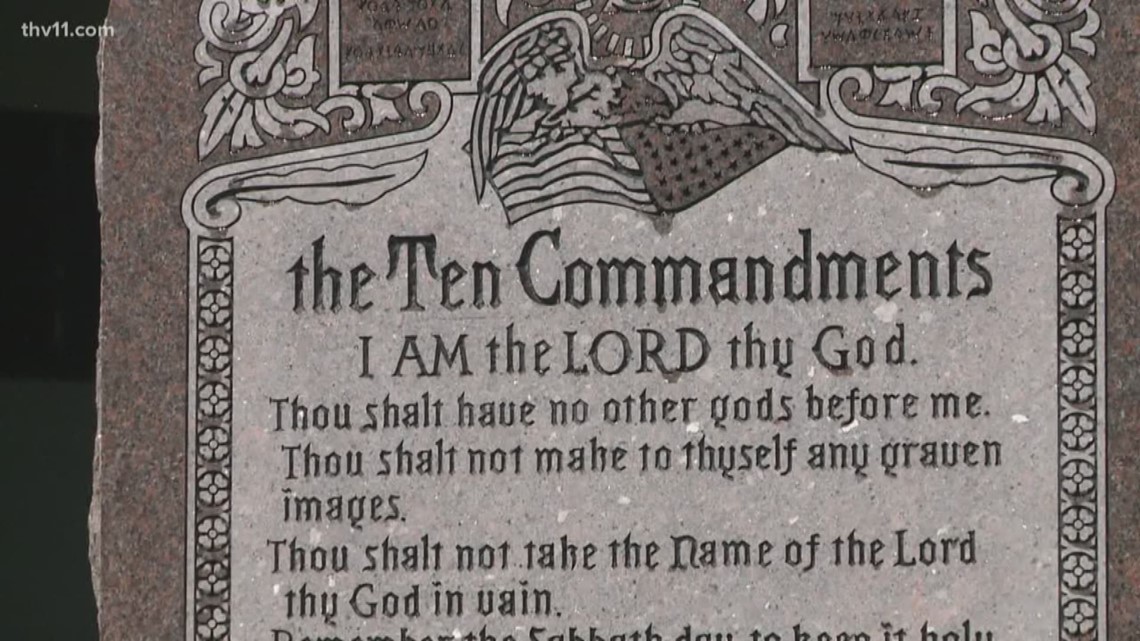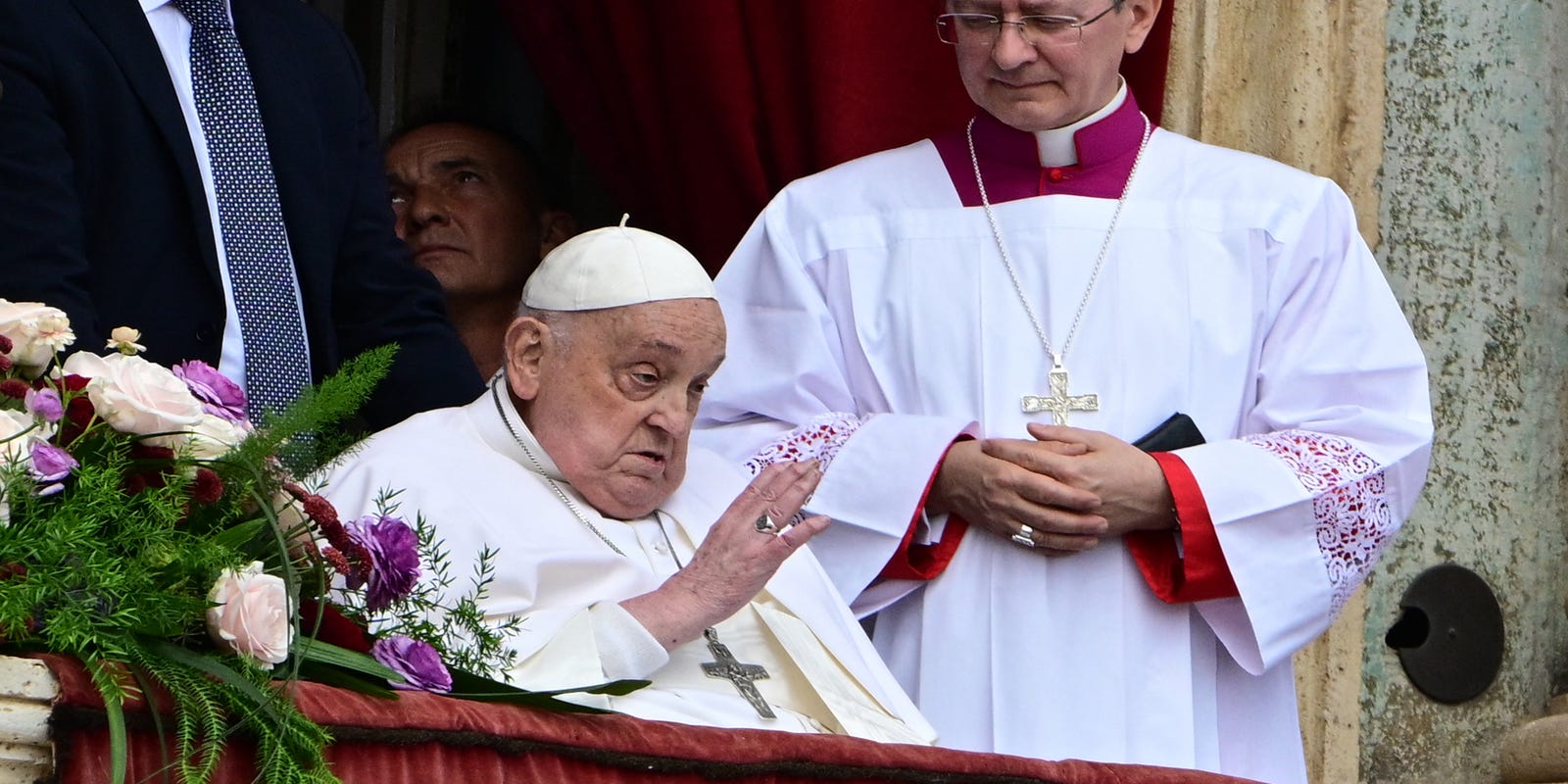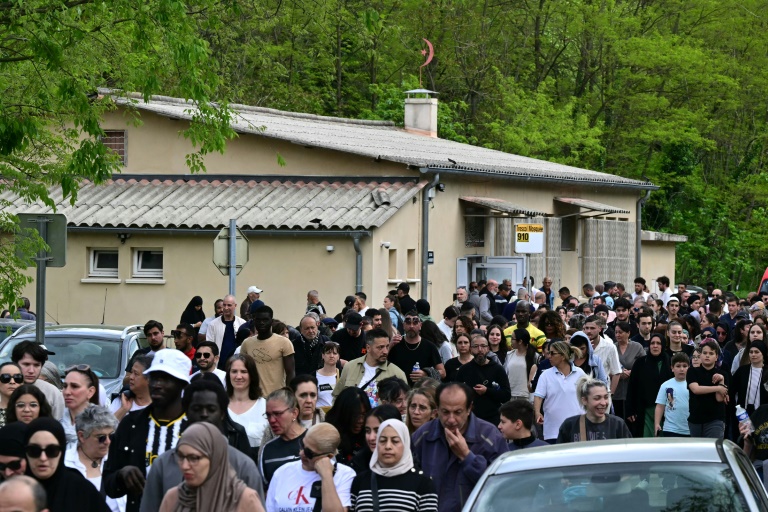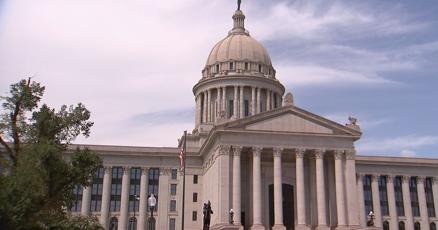Faith vs. Legislation: Kentucky Clergy Demand Governor Halt Controversial Resolution
Religion
2025-03-24 14:55:00Content

In a controversial move, House Resolution 15 proposes mandating a Ten Commandments monument at the Kentucky State Capitol, sparking significant pushback from religious leaders. A coalition of 79 faith leaders has taken a bold stand, urging Governor Andy Beshear to veto the legislation.
The proposed resolution has ignited a passionate debate about religious representation in public spaces. Religious scholars and community leaders argue that the monument would inappropriately blur the lines between church and state, potentially infringing on constitutional principles of religious neutrality.
By sending a collective letter to Governor Beshear, these faith leaders are sending a powerful message that not all religious communities support the mandatory display of religious text in a government setting. Their unified stance highlights the complex and nuanced perspectives within Kentucky's diverse religious landscape.
As the resolution continues to generate discussion, the outcome remains uncertain. Governor Beshear now faces the critical decision of whether to approve or reject a bill that could have significant implications for religious freedom and governmental neutrality in the state.
Faith vs. Legislation: The Battle Over Religious Monuments in Kentucky's Capitol
In the heart of Kentucky's political landscape, a contentious debate is unfolding that challenges the delicate balance between religious expression and governmental neutrality. House Resolution 15 has ignited a passionate discourse about the role of religious symbolism in public spaces, drawing battle lines between legislative advocates and religious leaders who seek to protect the principles of separation of church and state.When Monuments Become Battlegrounds of Belief and Constitutional Principles
The Legislative Proposal: Unveiling House Resolution 15
The proposed legislation represents a significant attempt to enshrine religious symbolism within the state's most important governmental building. House Resolution 15 mandates the installation of a Ten Commandments monument at the Kentucky State Capitol, a move that has sparked intense scrutiny and debate among legal experts, religious scholars, and community leaders. The resolution seeks to establish a permanent visual representation of Judeo-Christian principles in a space traditionally reserved for secular governance. Proponents of the resolution argue that the Ten Commandments represent fundamental moral guidelines that have historically influenced legal and ethical frameworks. They contend that the monument would serve as a reminder of the moral foundations that have shaped societal norms and legislative principles. However, critics view this as a potential violation of the constitutional separation of church and state, arguing that such a display could be interpreted as an official endorsement of a specific religious perspective.Voices of Dissent: Religious Leaders' Unified Stand
In an unprecedented display of interfaith solidarity, 79 faith leaders have united to challenge the proposed legislation. Their collective action represents a powerful statement against what they perceive as an inappropriate blending of religious symbolism with governmental institutions. By addressing Governor Andy Beshear directly, these religious leaders have demonstrated a commitment to protecting the principles of religious neutrality and constitutional integrity. The letter to Governor Beshear highlights the potential divisive nature of such a monument, emphasizing that religious symbols should not be used as political statements or governmental decorations. These faith leaders argue that true religious freedom requires a neutral public space that respects diverse beliefs and prevents the appearance of governmental preference for any single religious tradition.Constitutional Implications and Legal Considerations
The proposed monument raises significant constitutional questions about the Establishment Clause and the interpretation of religious freedom. Legal scholars have long debated the boundaries between acknowledging historical religious influences and maintaining strict governmental neutrality. House Resolution 15 represents a critical test case that could potentially set precedents for future discussions about religious displays in public spaces. Constitutional experts suggest that the monument's legality would likely be challenged in court, potentially creating a lengthy and expensive legal battle. Previous Supreme Court decisions have established nuanced guidelines for religious displays, often focusing on the specific context, intent, and potential perception of governmental endorsement.Community Impact and Public Perception
The resolution has profound implications for Kentucky's social fabric, potentially creating divisions within communities and challenging the principles of inclusive governance. By introducing a religiously specific monument in a space meant to represent all citizens, the legislation risks marginalizing individuals with different religious backgrounds or those who practice no religion. Public discourse surrounding the resolution has revealed deep-seated tensions between traditional religious perspectives and modern interpretations of governmental neutrality. The debate extends beyond the physical monument, touching on broader questions of cultural identity, religious expression, and the evolving understanding of secular governance.Political Dynamics and Future Implications
Governor Beshear now finds himself at the center of a complex political and constitutional challenge. His response to the faith leaders' letter and the proposed resolution will likely have far-reaching consequences for religious freedom, governmental neutrality, and the state's political landscape. The resolution represents more than a simple architectural addition; it symbolizes a broader conversation about the role of religious traditions in contemporary governance. As Kentucky grapples with this controversial proposal, the outcome could potentially influence similar debates in other states, making it a significant moment in the ongoing dialogue about religious expression and governmental neutrality.RELATED NEWS
Religion

Beyond Boundaries: Fall River Catholics Reflect on Pope Francis's Transformative Legacy
2025-04-21 14:43:39
Religion

Global Ramadan 2025: Navigating Daylight, Hunger, and Spiritual Rhythms Across Continents
2025-03-02 11:35:30






